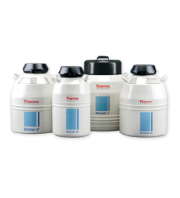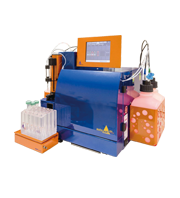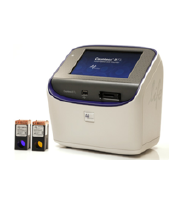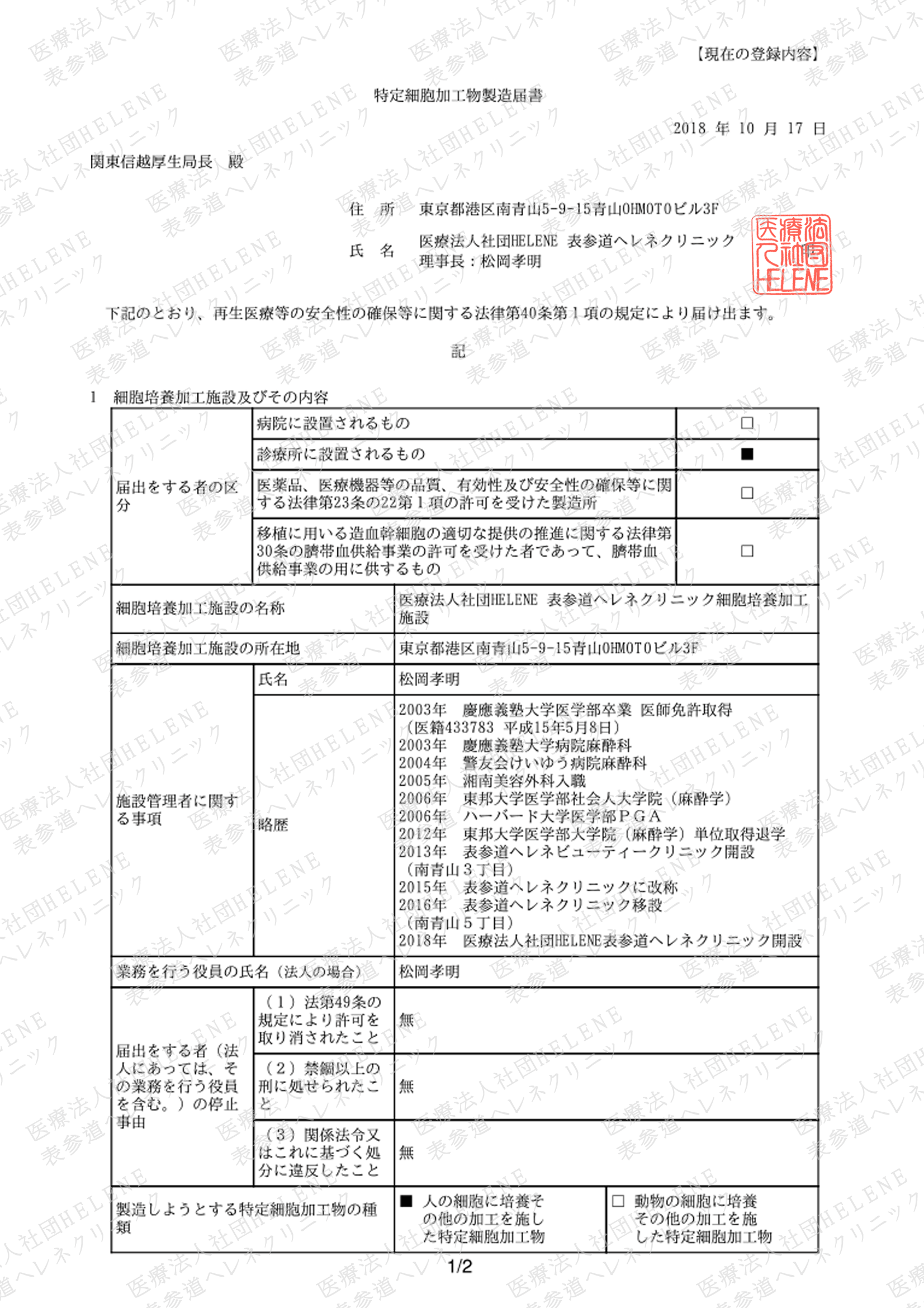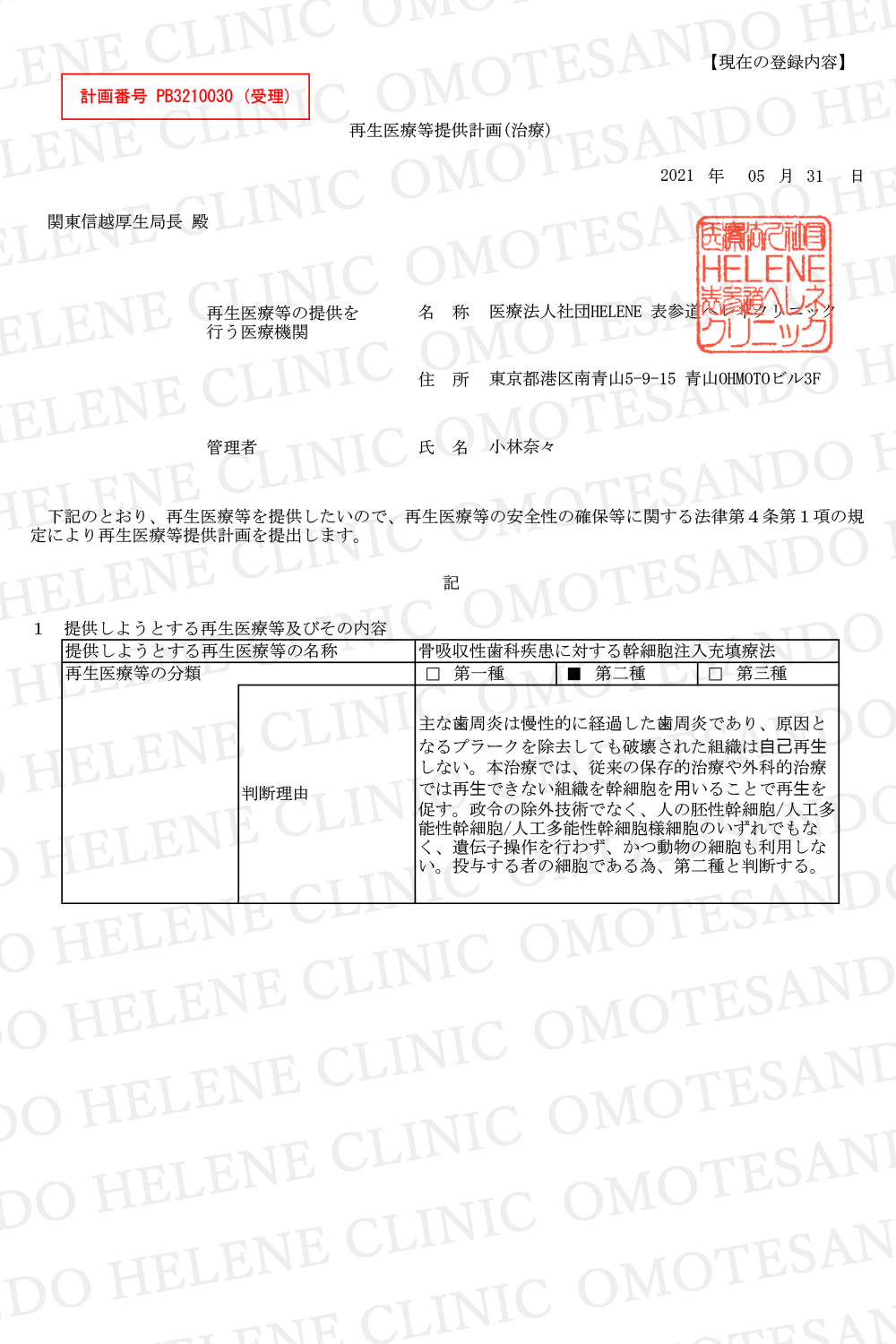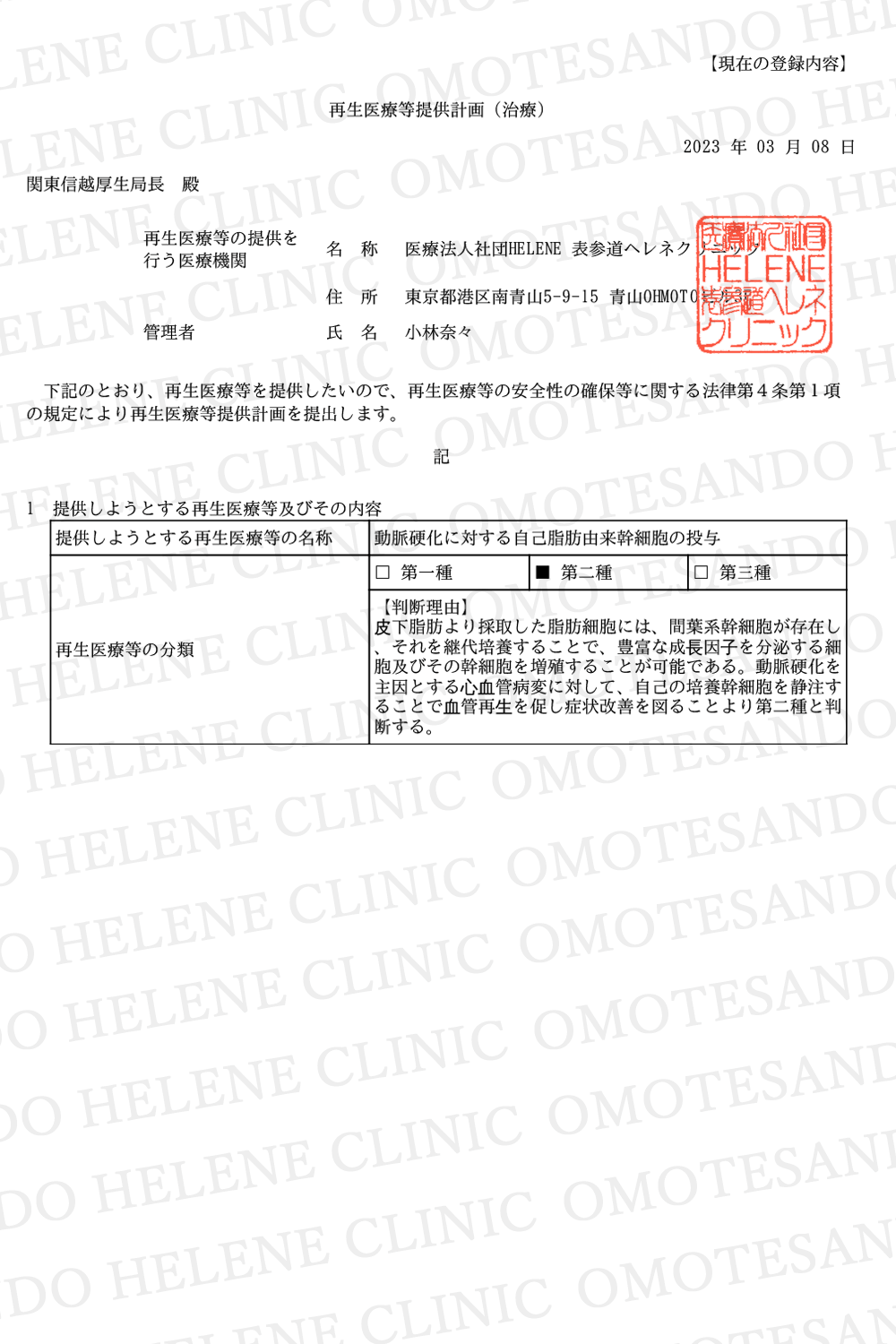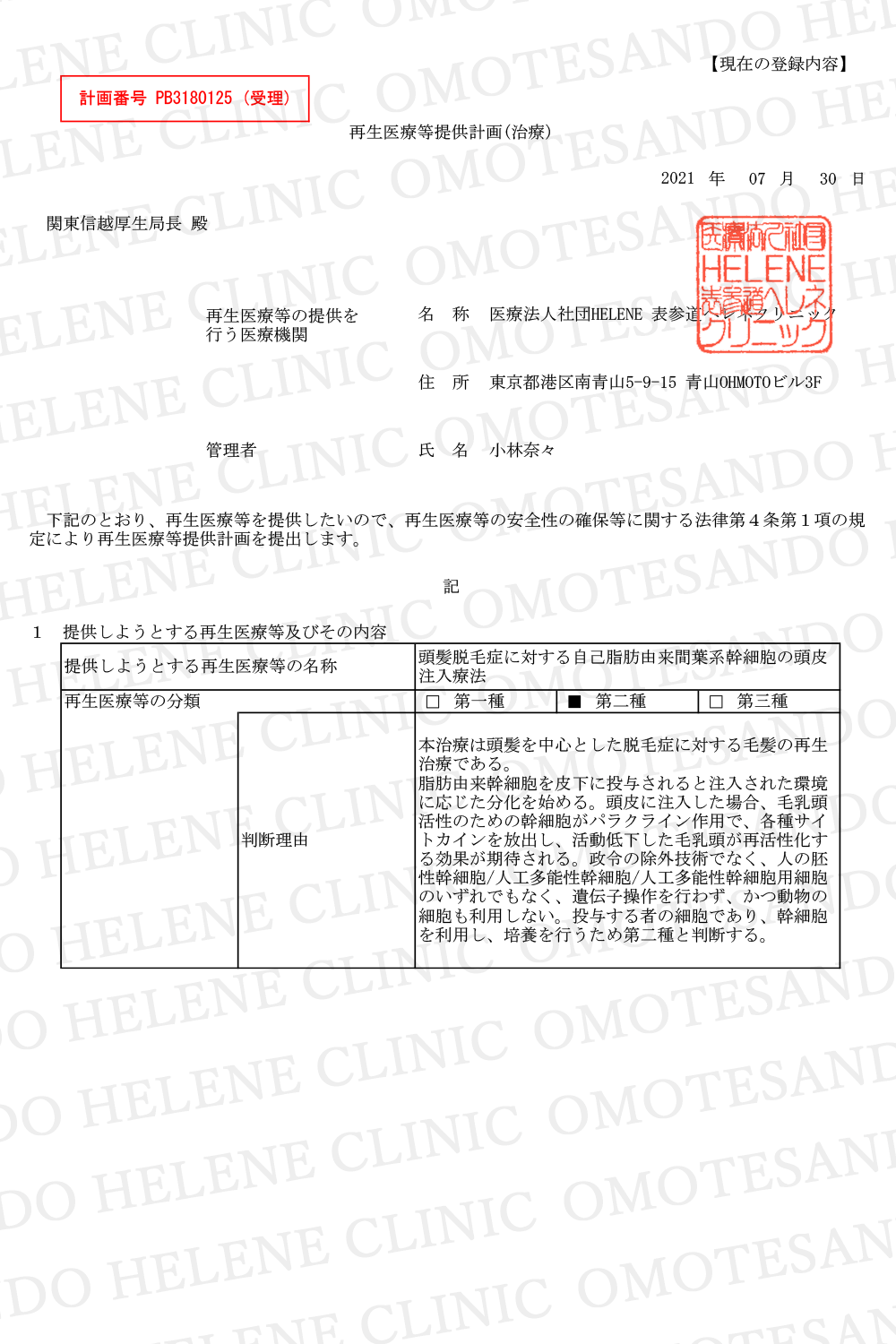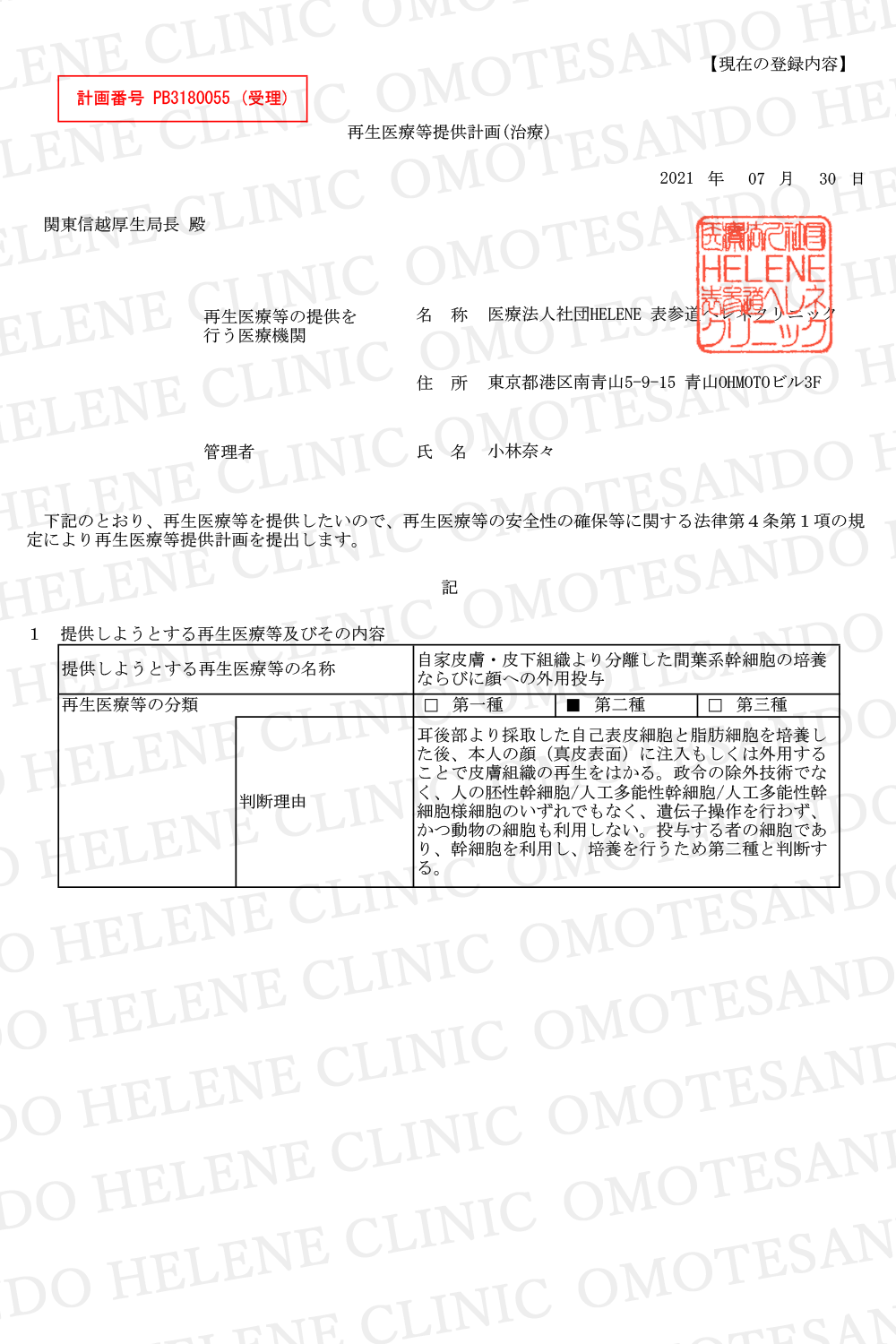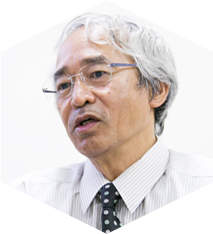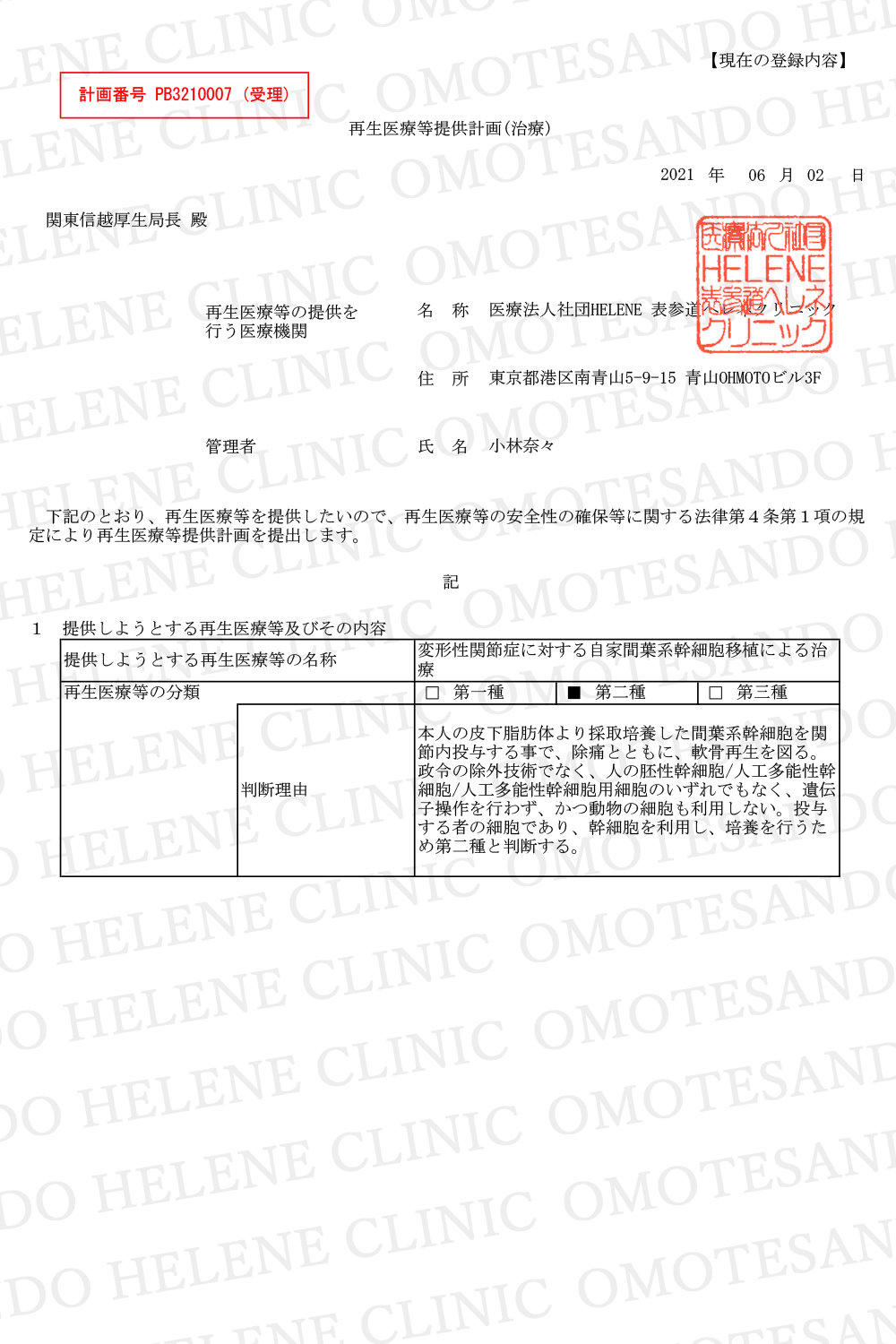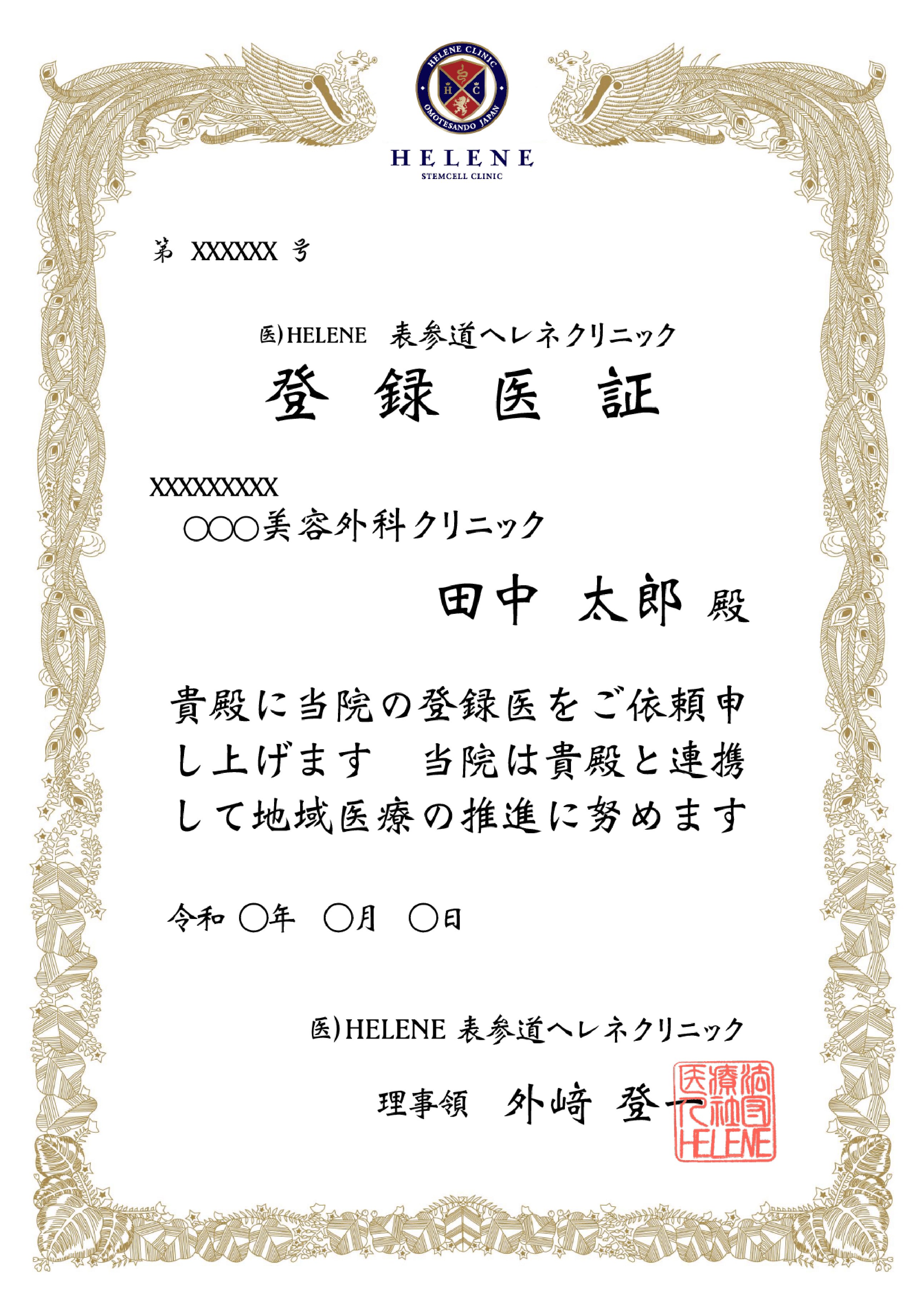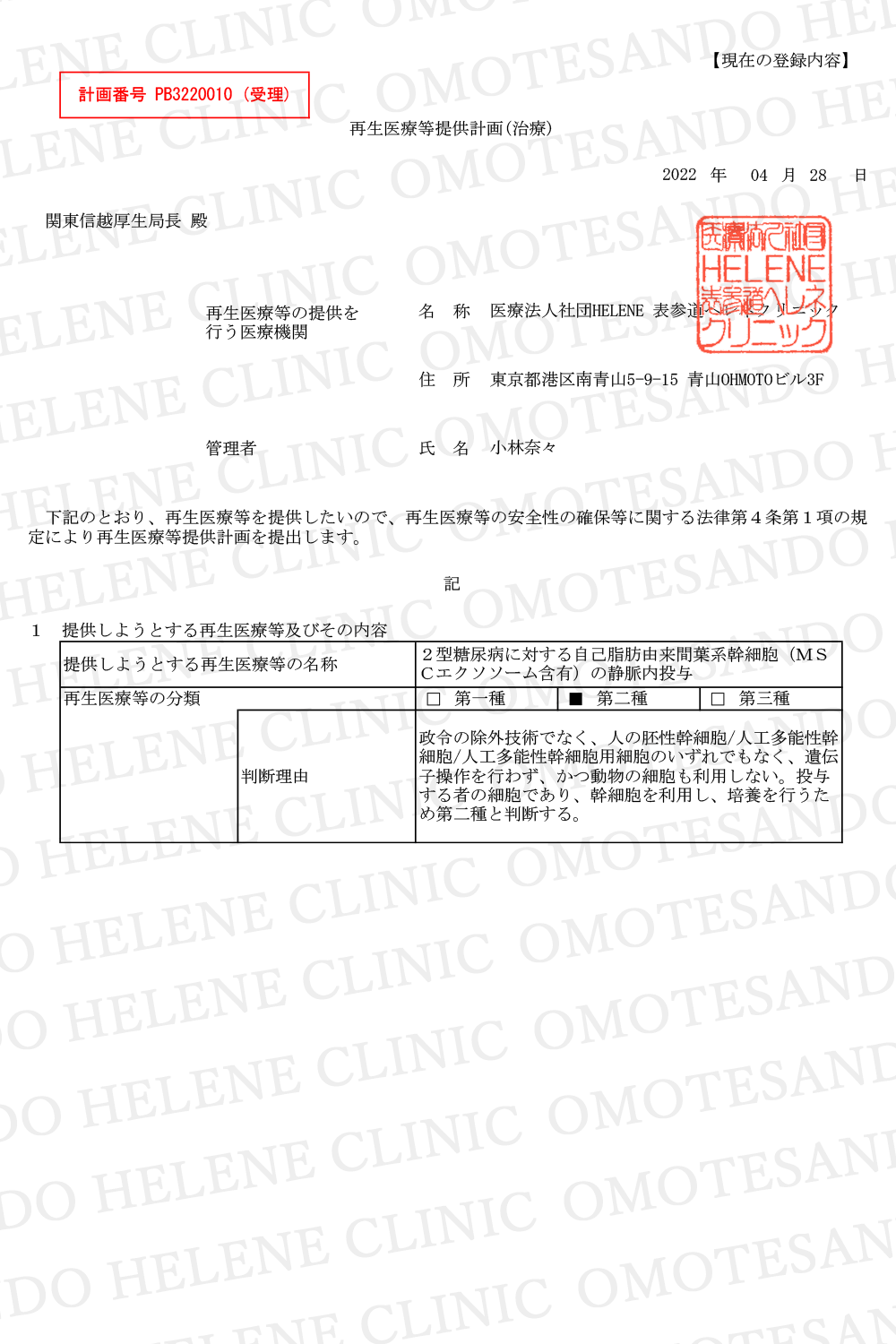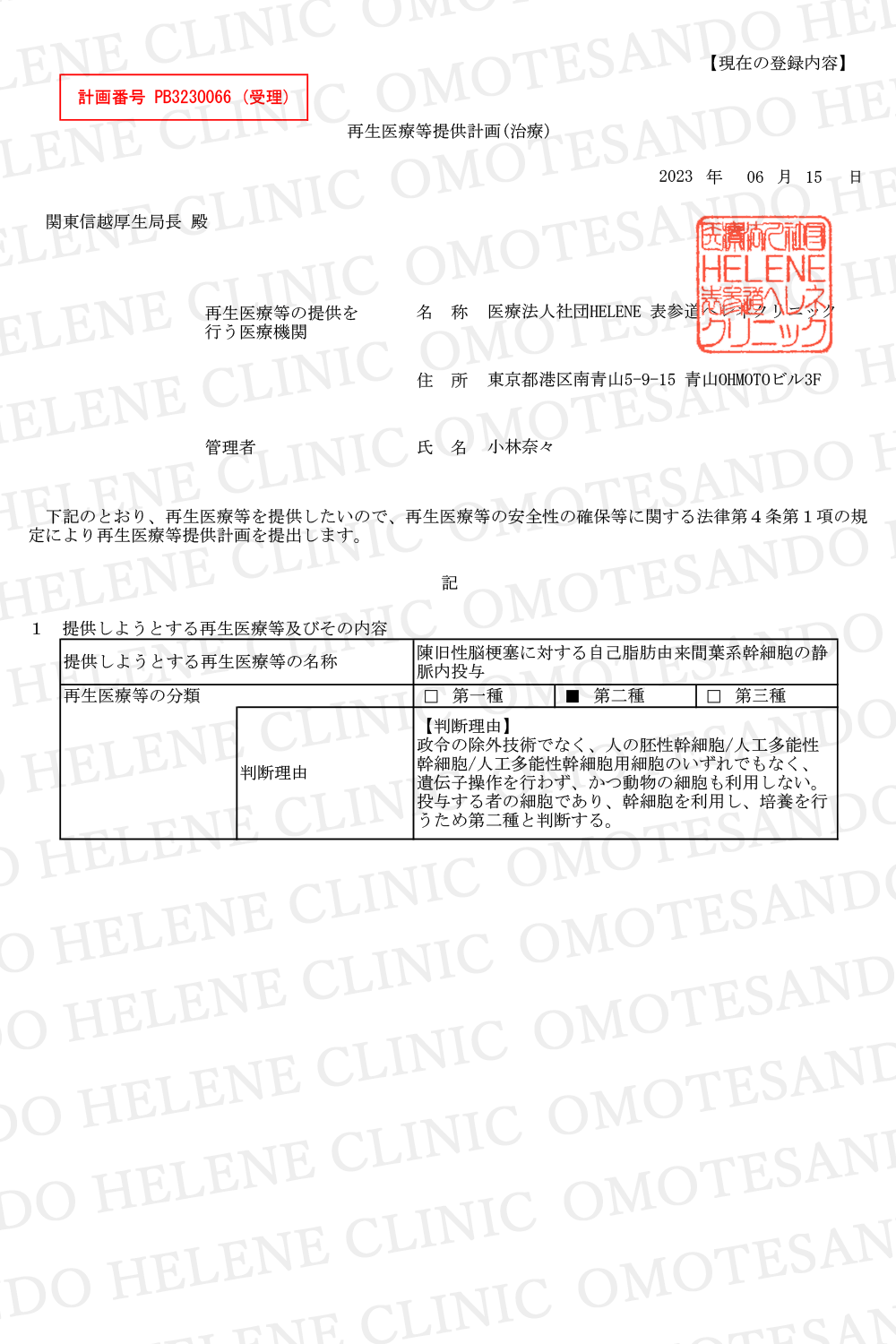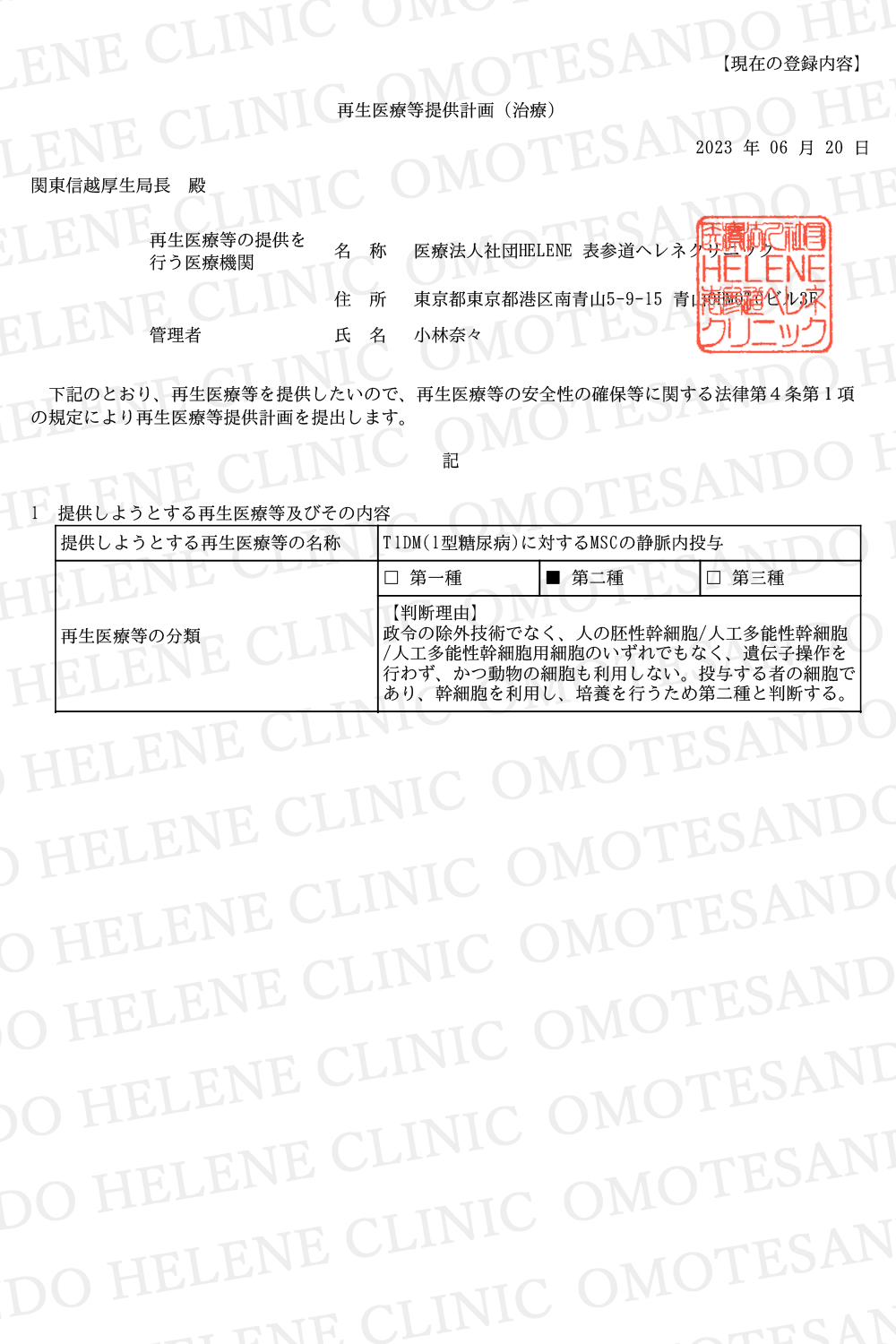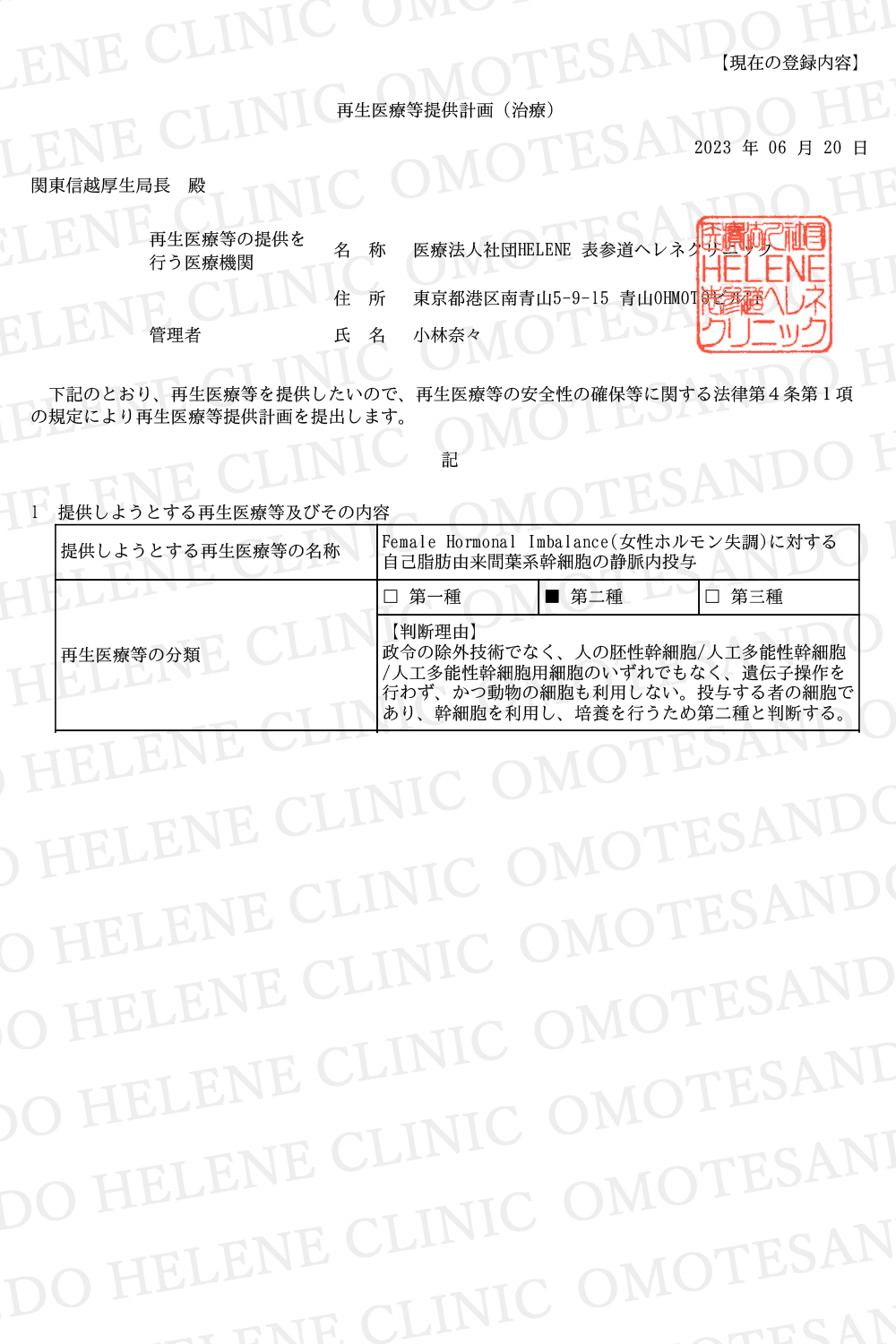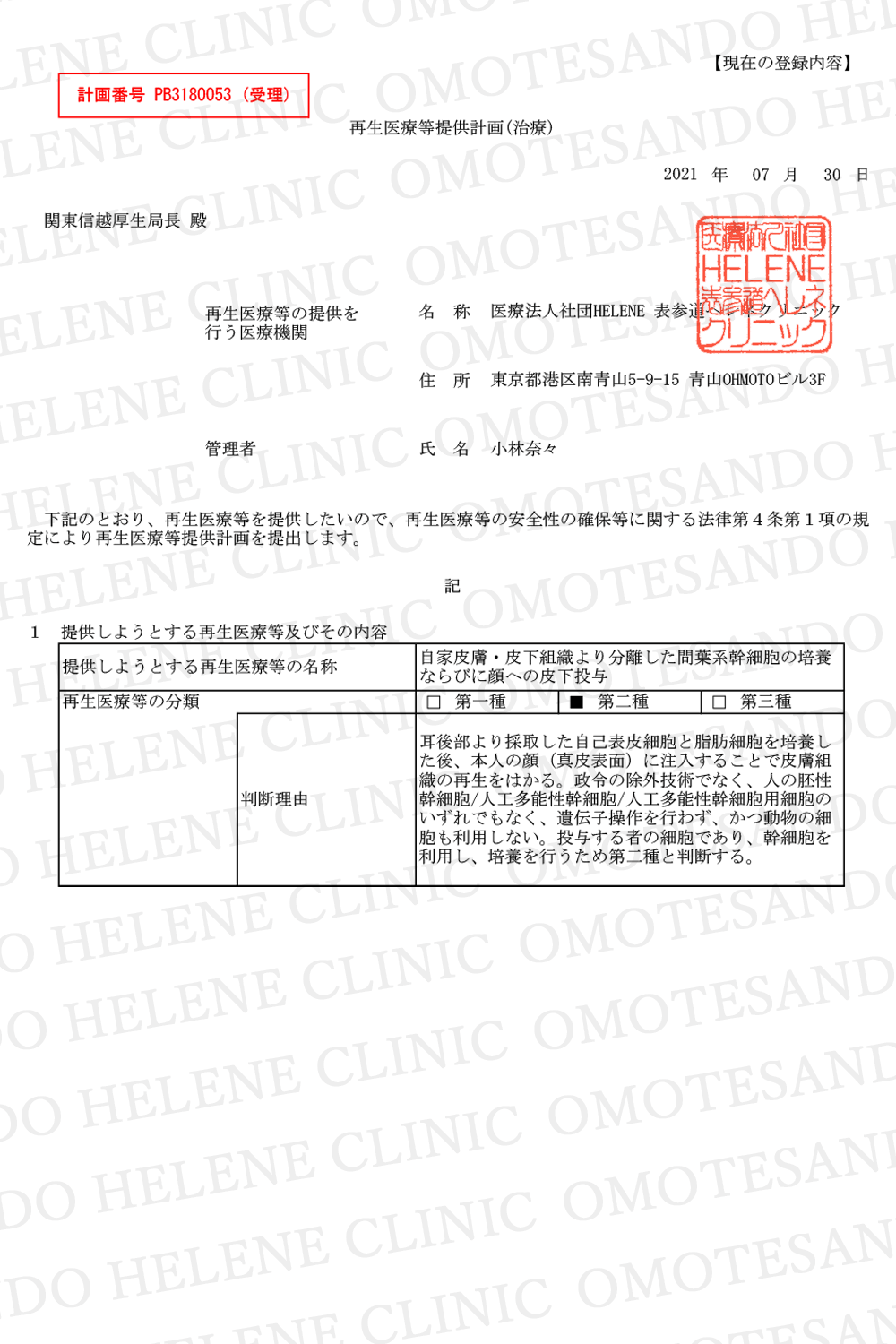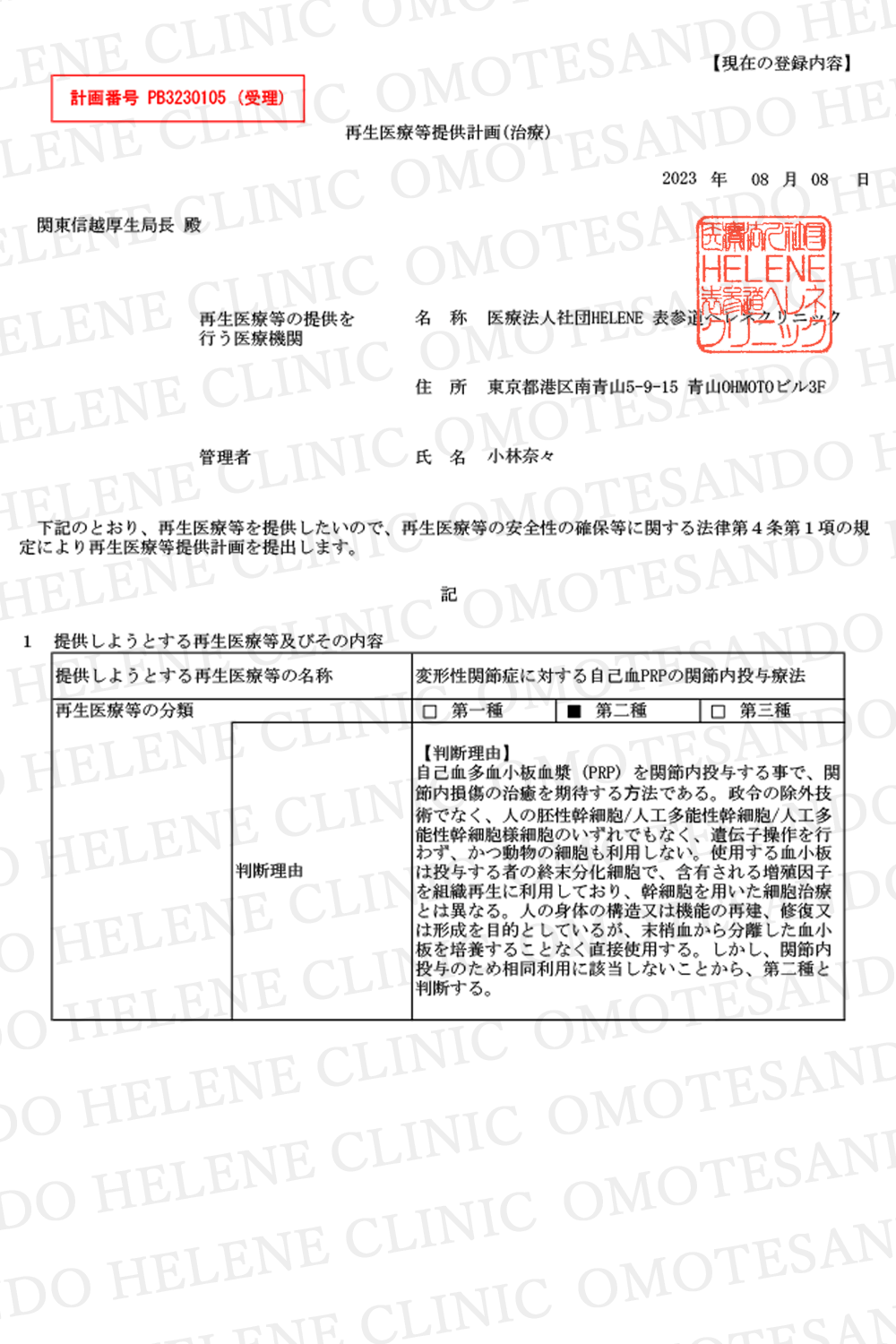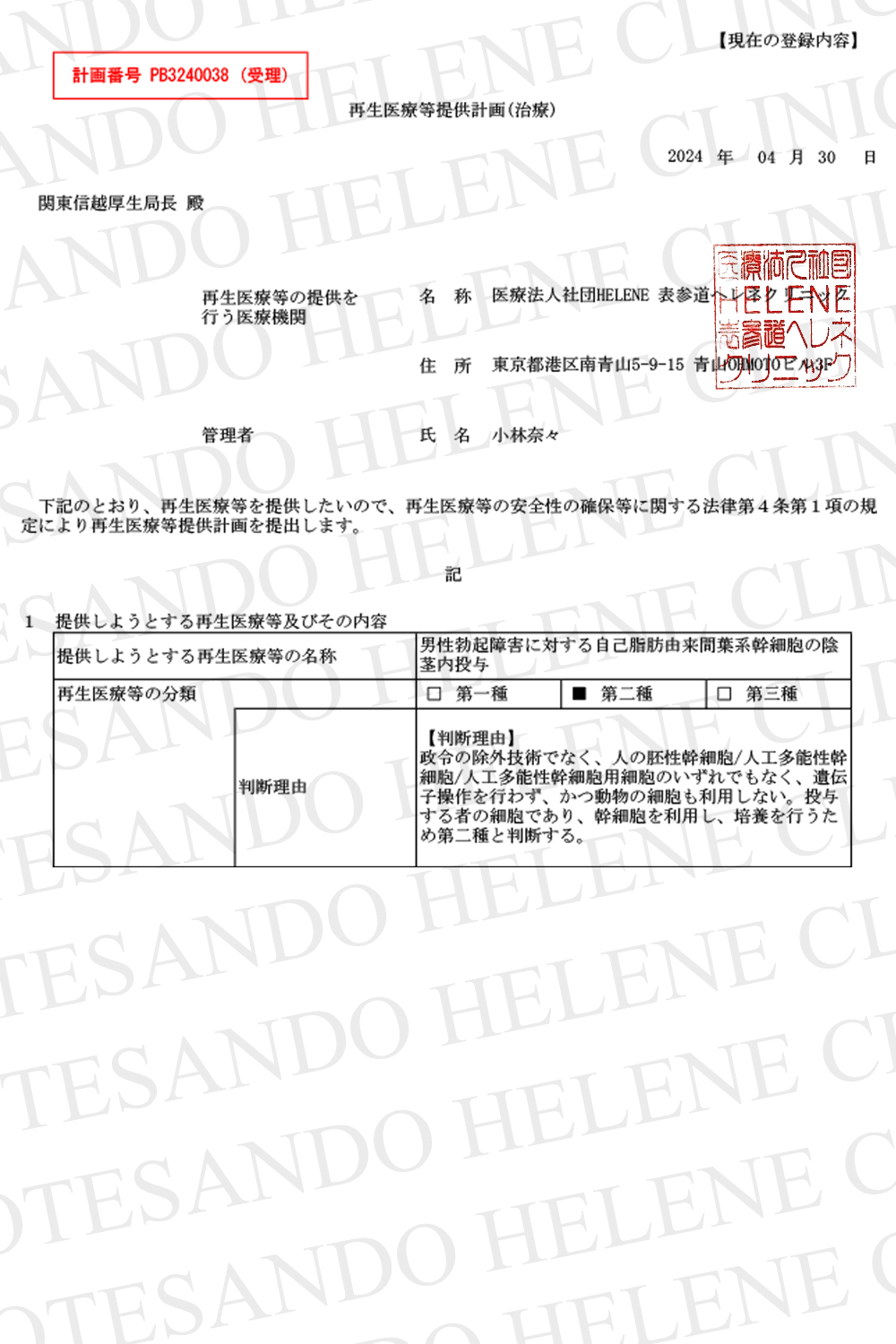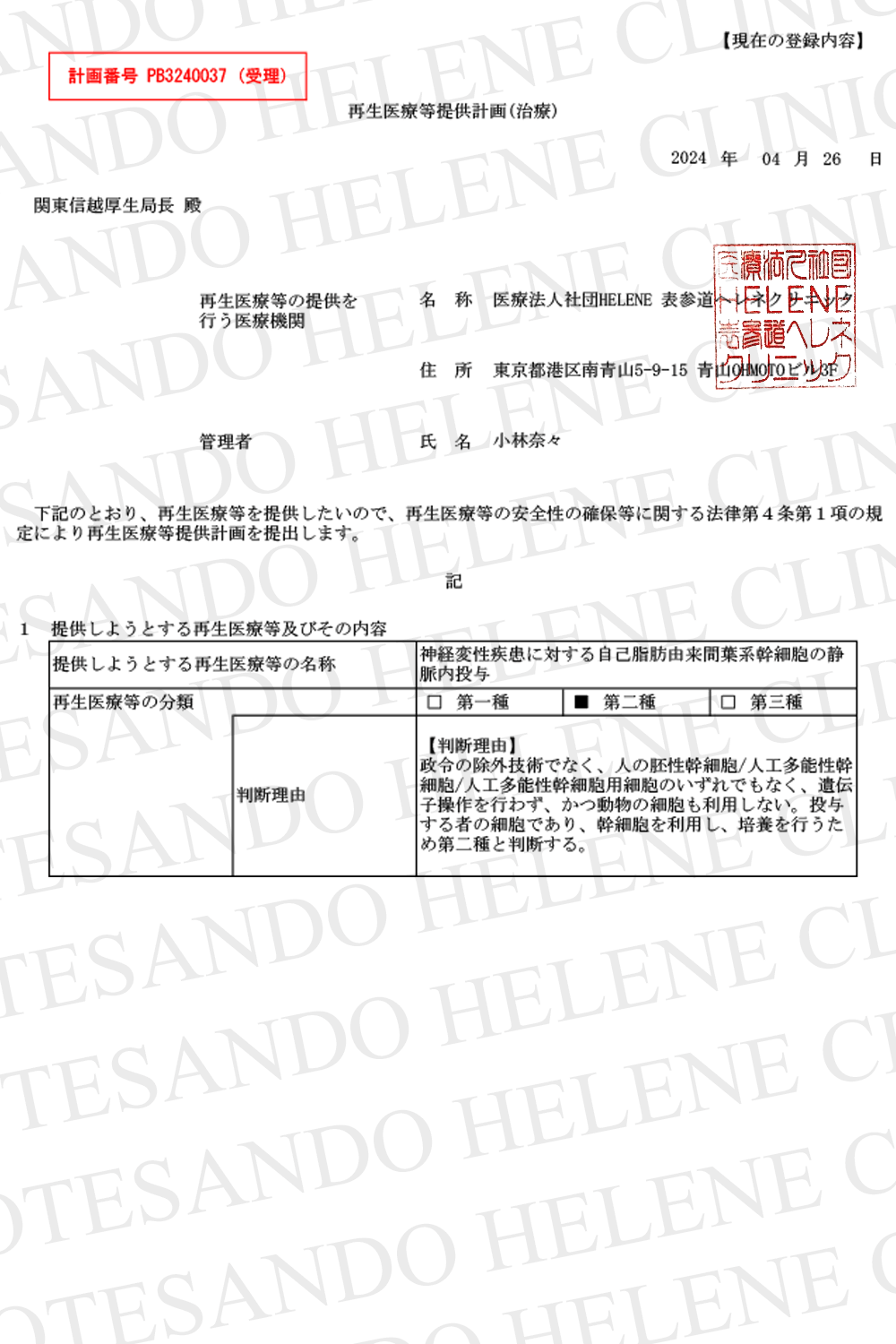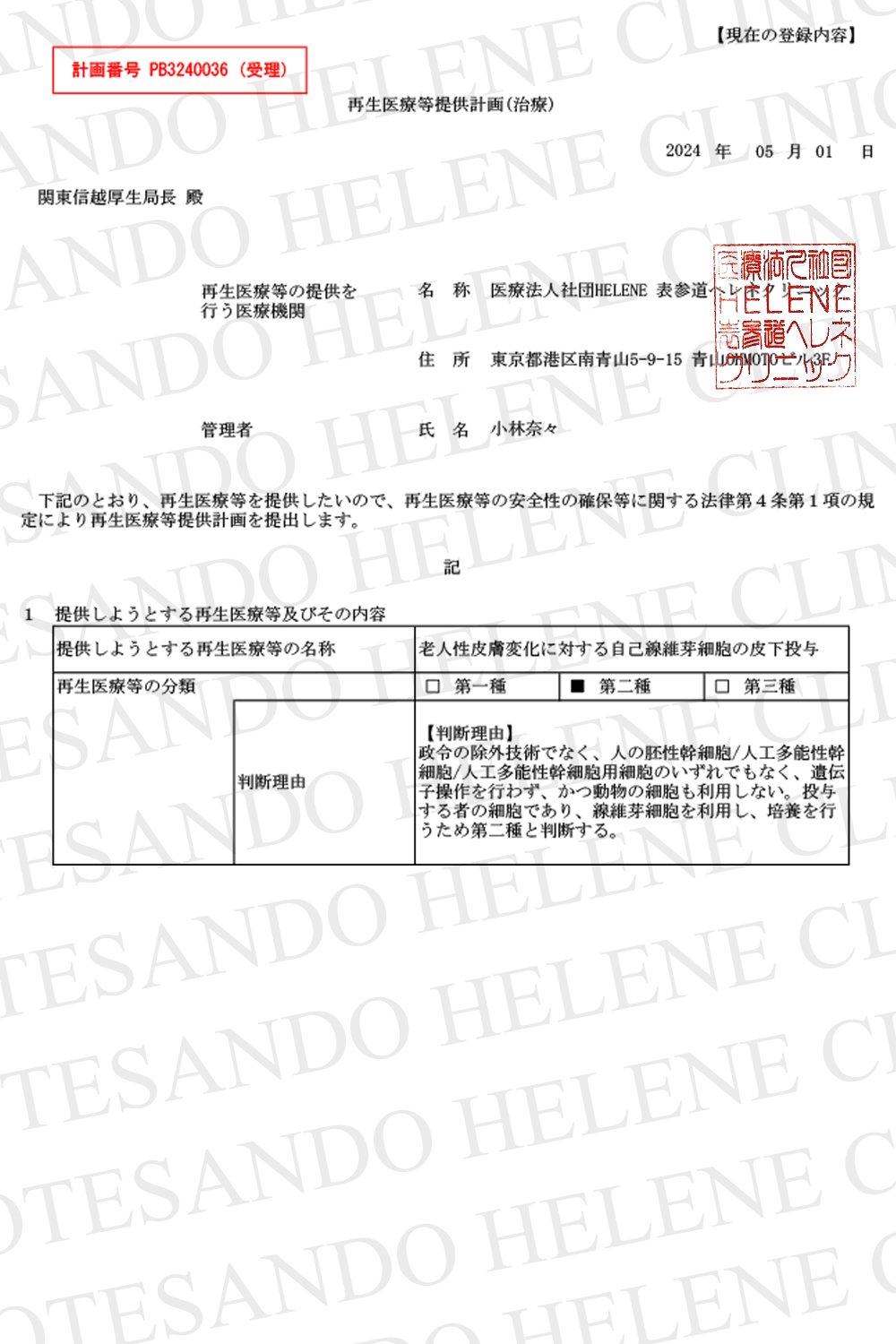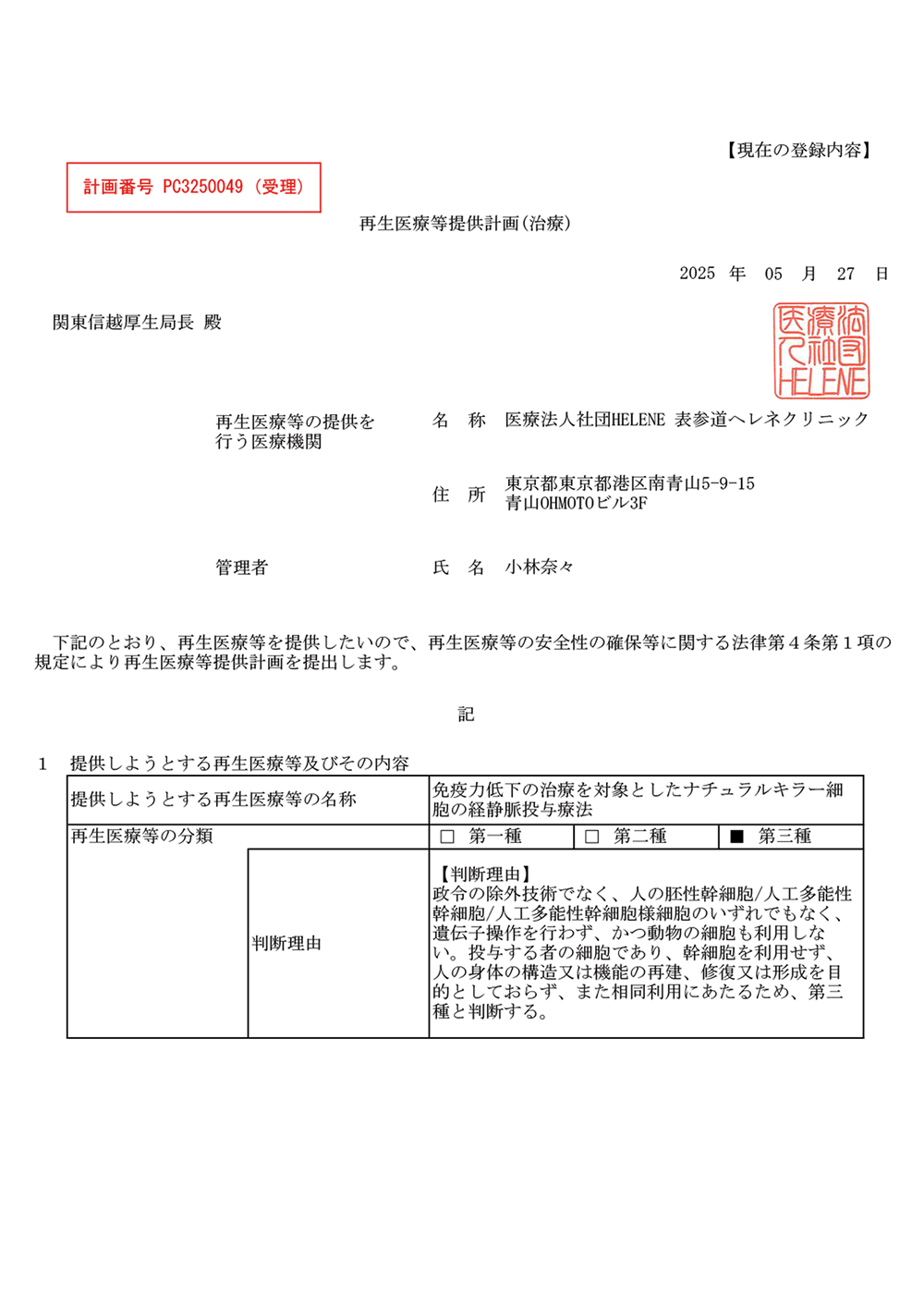The objective of this study was to compare standard treatment versus the combination of intrapancreatic autologous stem cell (ASC) infusion and hyperbaric oxygen treatment (HBOT) before and after ASC in the metabolic control of patients with type 2 diabetes mellitus (T2DM). was a prospective, randomized controlled trial. The combined intervention consisted of 10 sessions of HBOT before the intrapancreatic infusion of ASC and 10 sessions afterwards. ASCs were infused into the main arterial supply of the pancreas to maximize the presence of the stem cells where the therapeutic effect is most desired. A total of 23 patients were included (control group = 10, intervention group = 13). Age, gender, diabetes duration, number of medications taken, body weight and height, and insulin requirements were recorded at baseline and every Also, body mass index, fasting plasma glucose, C-peptide, and HbA1c, C-peptide/glucose ratio (CPGR) were measured every three months for on year. HbA1c was significantly lower in the intervention group compared with control throughout follow-up. Overall, 77% of patients in the intervention group and 30% of patients in the control group demonstrated a decrease of HbA1c at 180 days (compared with baseline ) of at least 1 unit. Glucose levels were significantly lower in the intervention group at all timepoints during follow-up. C-peptide levels were significantly higher in the intervention group during follow-up and at one year: 1.9 ± 1.0 ng/mL. 0.7 ± 0.4 ng/mL in intervention versus control groups, respectively, p = 0.0021. CPGR was higher in the intervention group at all controls during follow-up. The requirement for insulin was significantly lower in the intervention group at 90, 180, 270, and 365 days. Combined therapy of intrapancreatic ASC infusion and HBOT showed increased metabolic control and reduced insulin requirements in patients with T2DM compared with standard treatment.
The objective of this study was to compare standard treatment versus the combination of intrapancreatic autologous stem cell (ASC) infusion and hyperbaric oxygen treatment (HBOT) before and after ASC in the metabolic control of patients with type 2 diabetes mellitus (T2DM). was a prospective, randomized controlled trial. The combined intervention consisted of 10 sessions of HBOT before the intrapancreatic infusion of ASC and 10 sessions afterwards. ASCs were infused into the main arterial supply of the pancreas to maximize the presence of the stem cells where the therapeutic effect is most desired. A total of 23 patients were included (control group = 10, intervention group = 13). Age, gender, diabetes duration, number of medications taken, body weight and height, and insulin requirements were recorded at baseline and every Also, body mass index, fasting plasma glucose, C-peptide, and HbA1c, C-peptide/glucose ratio (CPGR) were measured every three months for on year. HbA1c was significantly lower in the intervention group compared with control throughout follow-up. Overall, 77% of patients in the intervention group and 30% of patients in the control group demonstrated a decrease of HbA1c at 180 days (compared with baseline ) of at least 1 unit. Glucose levels were significantly lower in the intervention group at all timepoints during follow-up. C-peptide levels were significantly higher in the intervention group during follow-up and at one year: 1.9 ± 1.0 ng/mL. 0.7 ± 0.4 ng/mL in intervention versus control groups, respectively, p = 0.0021. CPGR was higher in the intervention group at all controls during follow-up. The requirement for insulin was significantly lower in the intervention group at 90, 180, 270, and 365 days. Combined therapy of intrapancreatic ASC infusion and HBOT showed increased metabolic control and reduced insulin requirements in patients with T2DM compared with standard treatment.




